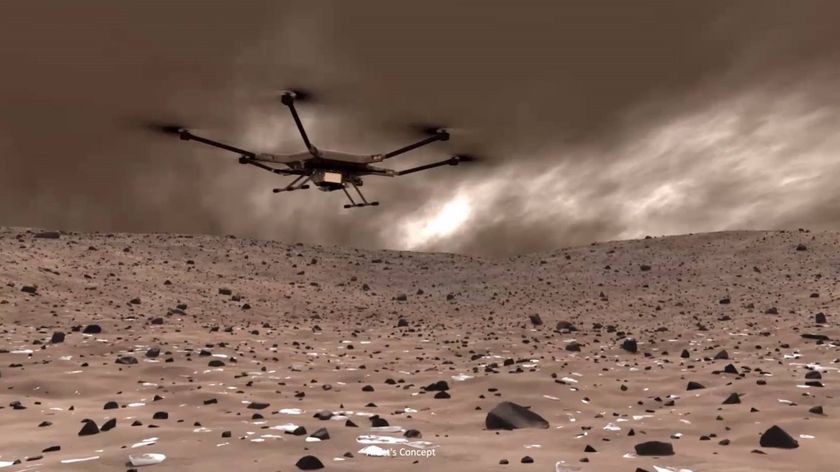How to Observe the Moon (Infographic)

The Earth's only natural satellite is a spectacular sight even with the naked eye. With a small telescope or pair of binoculars, the view is even more amazing. Dark, flat plains called maria, deep craters and bright rays of ejected material pepper the rugged surface.
As the moon orbits Earth, it always keeps one face toward the planet. The permanently hidden part is properly called the "far" side – not the "dark" side. In fact, the part of the moon that is dark changes constantly. The part that is illuminated indicates the moon’s phase. A full cycle of phases requires 29.53 days, or a lunar month.
10 Surprising Moon Facts
In 1500 there were no telescopes, but Leonardo da Vinci was able to observe that the dark part of the crescent moon still has a faint glow. He correctly surmised that this was due to reflected light from Earth.
Poll: When Is the Moon the Most Spectacular?
As the moon orbits, it rocks back and forth a little, a phenomenon called libration. This allows people to see just a little bit over the edge, into the far side. About 59 percent of the entire lunar surface is visible from Earth.
Today, the moon has been thoroughly mapped by orbiting satellites and walked upon by human visitors. Nevertheless the view of the moon from Earth is still a breathtaking sight.
Moon Master: An Easy Quiz for Lunatics
- Supermoon 2012 Photos: Big Full Moon Views from Around the World
- How the 'Supermoon' Looks (Infographic)
- Blood Red Moon: Photos of 2010's Total Lunar Eclipse
- Full Moon: Why Does It Happen? How Does It Affect Us? | Video
Follow us @Spacedotcom, Facebook and Google+.
Join our Space Forums to keep talking space on the latest missions, night sky and more! And if you have a news tip, correction or comment, let us know at: community@space.com.
Get the Space.com Newsletter
Breaking space news, the latest updates on rocket launches, skywatching events and more!

Karl's association with Space.com goes back to 2000, when he was hired to produce interactive Flash graphics. From 2010 to 2016, Karl worked as an infographics specialist across all editorial properties of Purch (formerly known as TechMediaNetwork). Before joining Space.com, Karl spent 11 years at the New York headquarters of The Associated Press, creating news graphics for use around the world in newspapers and on the web. He has a degree in graphic design from Louisiana State University and now works as a freelance graphic designer in New York City.


